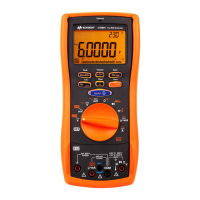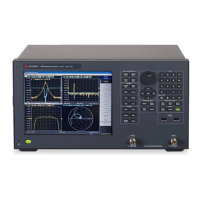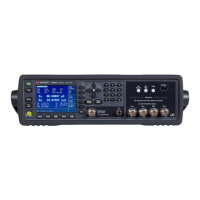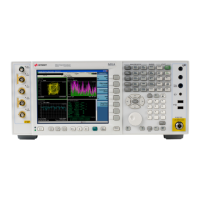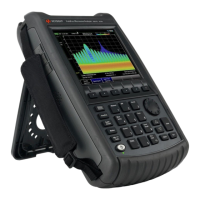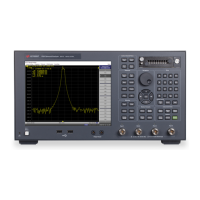4 Audio Analyzer Measurement Functions
194 Keysight U8903B User’s Guide
THD+N ratio and THD+N level measurements
Harmonic distortion on a spectrally pure signal is created by nonlinearities in the circuit
through which it passes. The nonlinearities can arise in the transfer characteristics of an
active device or by running the active device into saturation or cutoff. In most cases,
distortion can be reduced by decreasing the signal level, applying filtering, or adding
negative feedback.
According to Fourier mathematics, the nonlinear terms in the circuit transfer function give
rise to harmonics of the signal. Therefore, the THD+N function provides a quantitative
measurement of the quality of an audio signal or in other words, the purity of a signal.
The THD+N ratio is defined as the ratio of the square root of the sum of the squares of all
the signal harmonics components and noise amplitude, relative to the total signal
amplitude. The THD+N ratio can be computed as follows.
THD+N ratio measurement function mode is applicable for the analog, digital, and
Bluetooth analyzer. The settings for THD+N ratio measurement are displayed as shown in
Figure 4-18, Figure 4-19, and Figure 4-20 for the analog, digital, and Bluetooth analyzer
respectively.
Figure 4-18 Analog Analyzer > Functions > THD+N Ratio menu page 1
THD+N ratio 20 Log
10
rms value of noise and distortion
rms value of signal, noise, and distortion
-------------------------------------------------------------------------------
⎝⎠
⎛⎞
=

